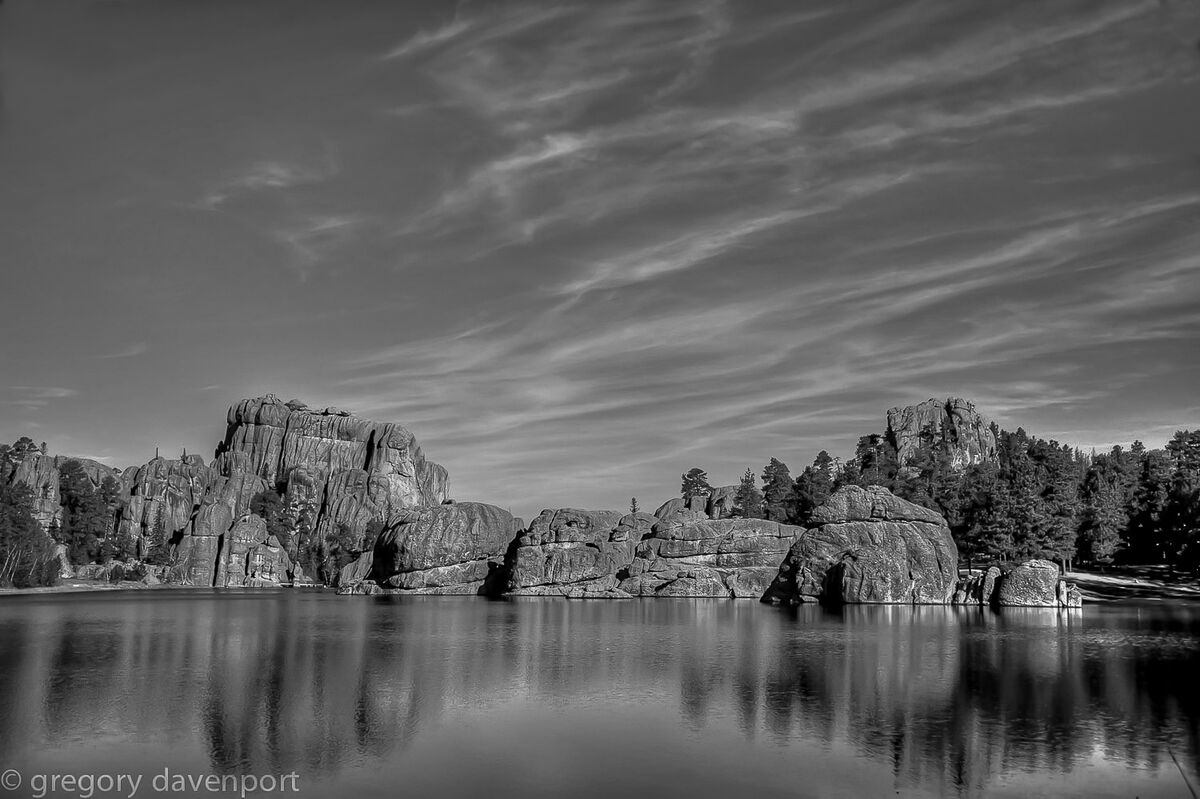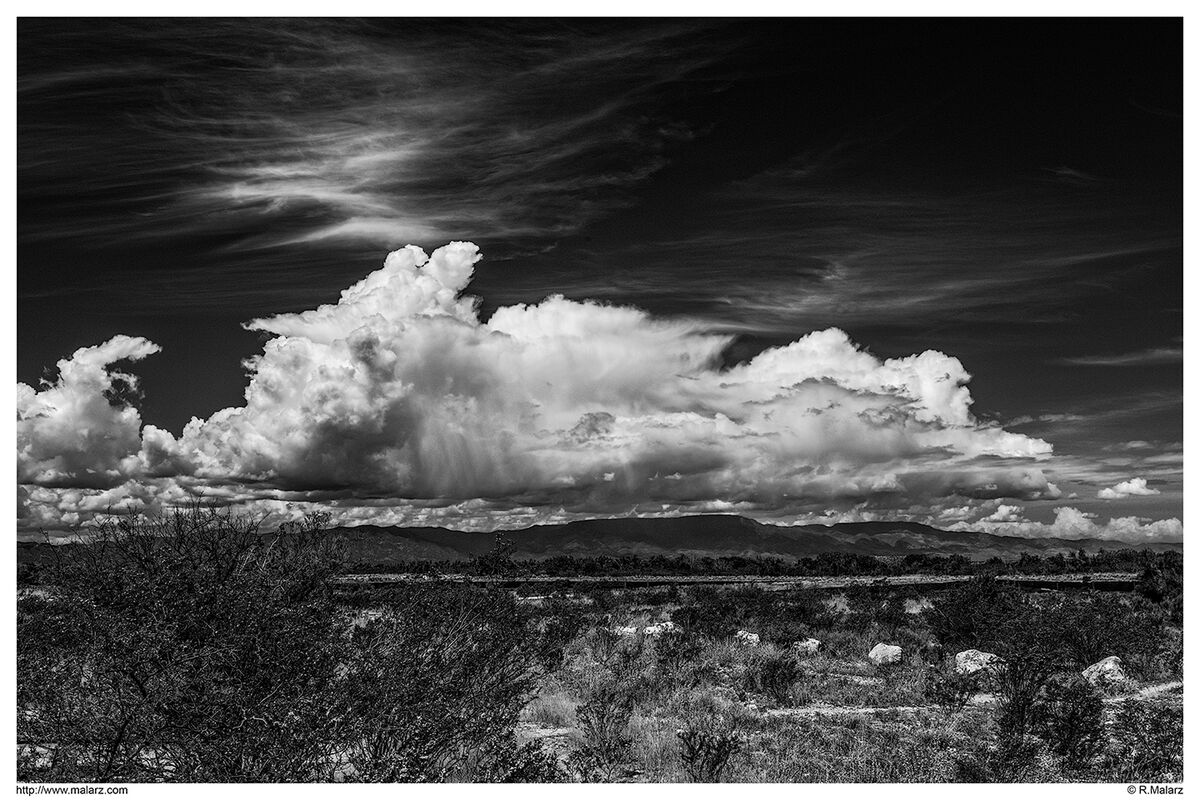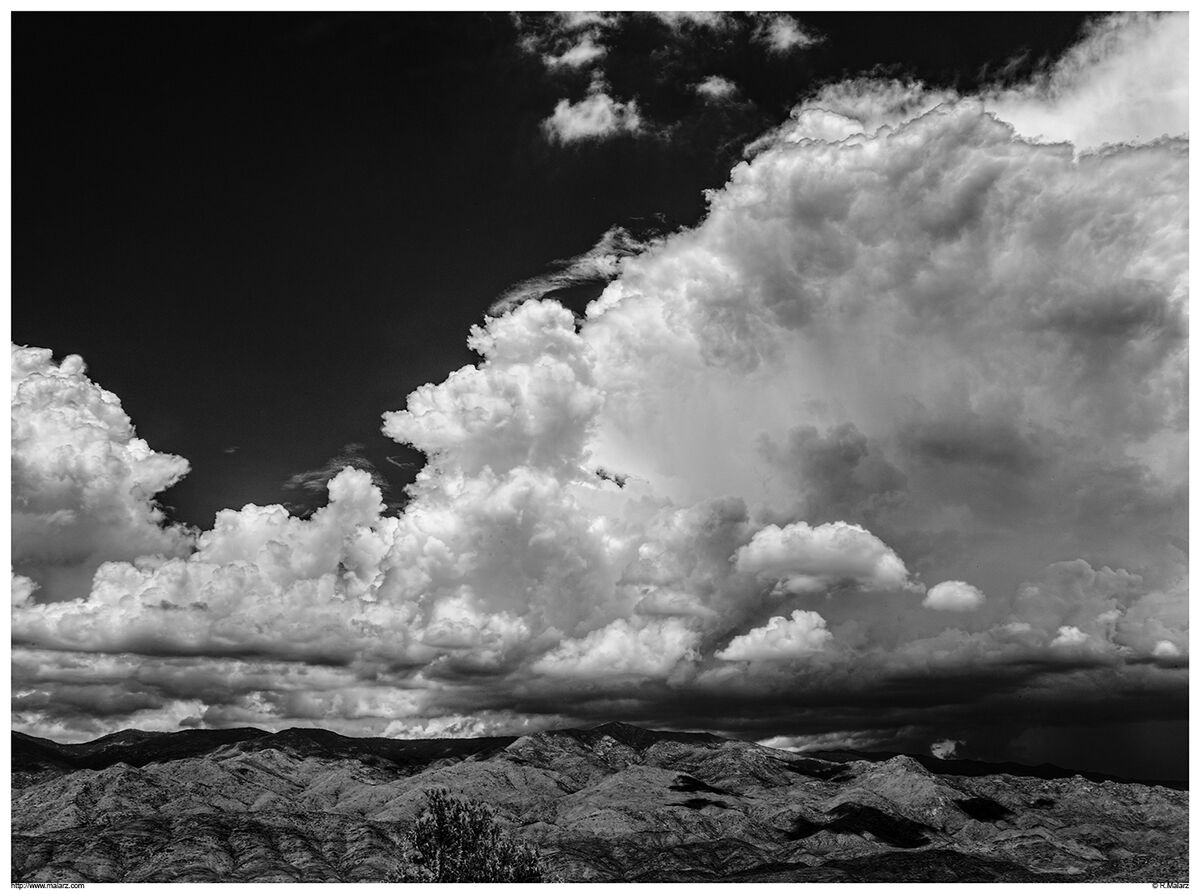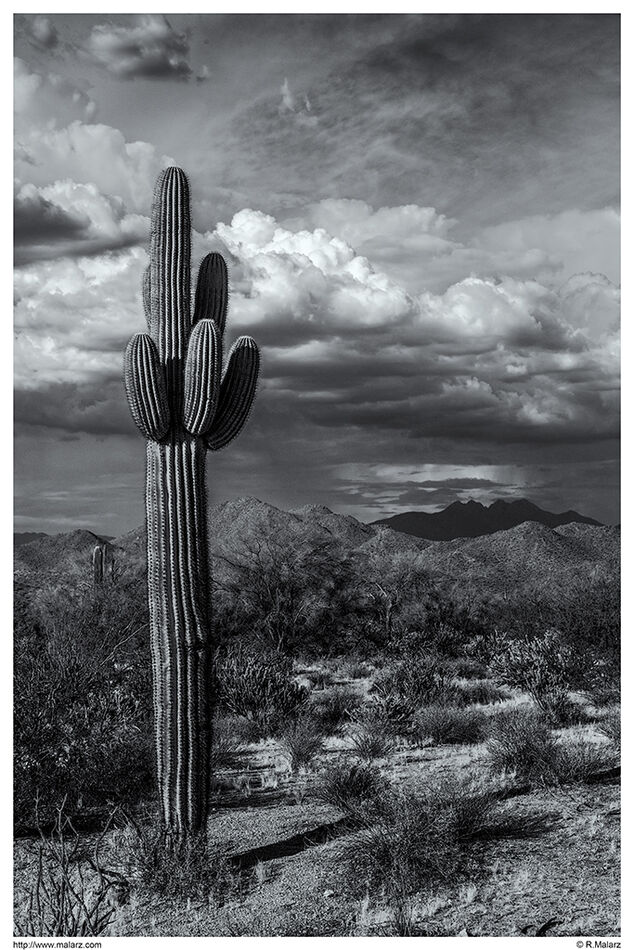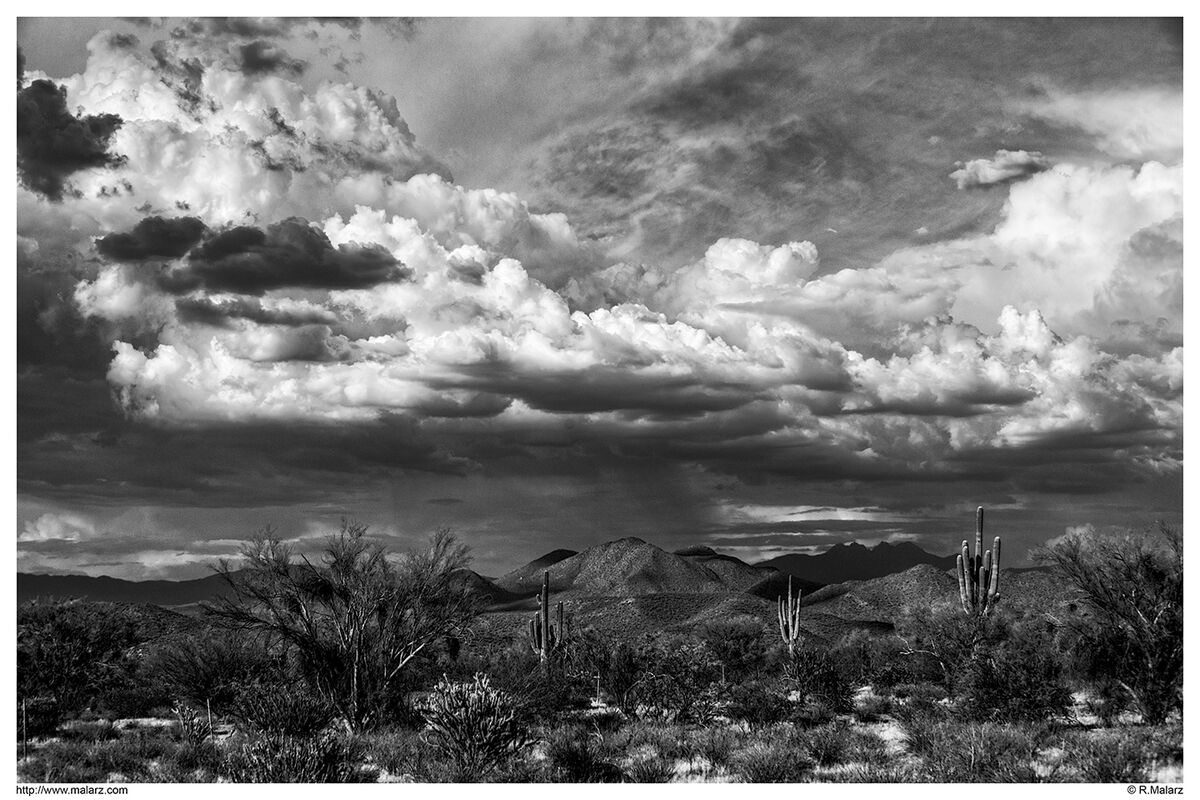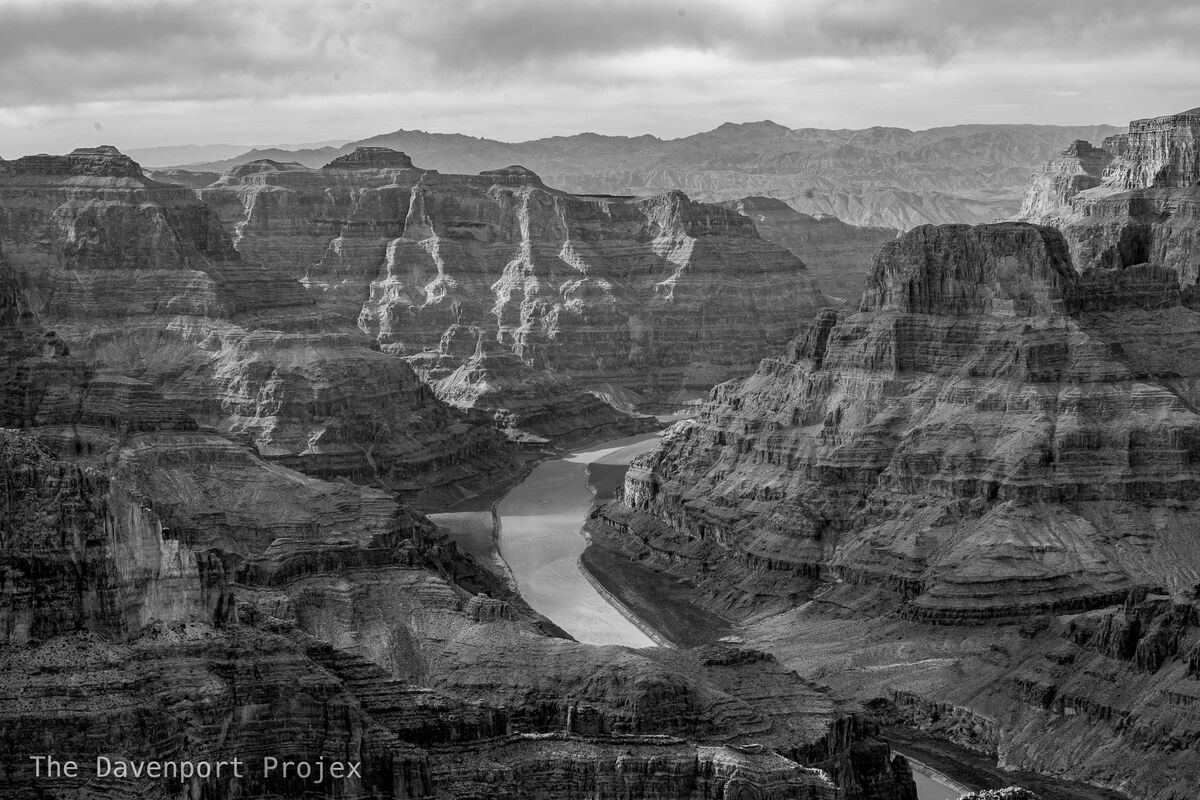Black and White Photography - My Process
Aug 21, 2022 16:11:07 #
Black and white photography was my first love. I have been asked how I know what will make good black and white images. Have even been asked if I “see” in black and white before I shoot. I actually do not “see” in black and white, but before I shoot an image I observe the way the light is falling on my subject. I look for light and shadow in my work and prefer split lighting and the depth created by directional light. I’ve written about black and white film photography and I’ve written about black and white digital photography - digital image captures which I always shoot in color and then convert to monochrome. There’s a lot more to these processes than meets the eye. The effects produced and the parameters you have to work within film and digital are different, and can produce interesting results. In fact, I can see results in my digital images post-processed comparable to film photography.
My initial experience with photography of shooting on black and white 35mm film helped me to hone my composition skills. I would think more about what I was capturing in a composition - as opposed to just pointing- and-shooting and wasting a frame of 35mm film. A mentor in the craft made it clear to me the benefits of shooting in black and white film - From the timeless nature of the image to the way it enhances the mood and tones in the photo. This forced me to see what is in a frame differently - which grew my composition skills. Took it to another level with digital imaging. While there is an option in many digital cameras to shoot in black and white, as mentioned, I shoot all my images in color - and then post-process to black and white. I visualize and create my black and white images shooting in color by focusing on composition. My grey scale visualization removes the distraction of color and makes me focus on other aspects of the photo - rather than colorization. The subject, the textures, the shapes, the patterns.
When shooting film, the idea of not wanting to waste money on film and development provided me the “focus” to be a careful photographer when taking a frame. I continue to use the think twice, shoot once philosophy learned as a film still photographer using my digital cameras. Mistakes can get pretty expensive if you’re not sure what you’re doing with a film camera - so this forced me to learn quickly about what I was doing, and how to do so correctly - not a bad habit to have as a photographer, in my humble opinion.
If you are a black and white photographer - would love to hear [and see] how you create black and white images.
Posted image taken at Custer Park, South Dakota
Nikon D700
Nikkor 28-300mm VR
ƒ/4.5
50mm
1/4000
ISO 400
My initial experience with photography of shooting on black and white 35mm film helped me to hone my composition skills. I would think more about what I was capturing in a composition - as opposed to just pointing- and-shooting and wasting a frame of 35mm film. A mentor in the craft made it clear to me the benefits of shooting in black and white film - From the timeless nature of the image to the way it enhances the mood and tones in the photo. This forced me to see what is in a frame differently - which grew my composition skills. Took it to another level with digital imaging. While there is an option in many digital cameras to shoot in black and white, as mentioned, I shoot all my images in color - and then post-process to black and white. I visualize and create my black and white images shooting in color by focusing on composition. My grey scale visualization removes the distraction of color and makes me focus on other aspects of the photo - rather than colorization. The subject, the textures, the shapes, the patterns.
When shooting film, the idea of not wanting to waste money on film and development provided me the “focus” to be a careful photographer when taking a frame. I continue to use the think twice, shoot once philosophy learned as a film still photographer using my digital cameras. Mistakes can get pretty expensive if you’re not sure what you’re doing with a film camera - so this forced me to learn quickly about what I was doing, and how to do so correctly - not a bad habit to have as a photographer, in my humble opinion.
If you are a black and white photographer - would love to hear [and see] how you create black and white images.
Posted image taken at Custer Park, South Dakota
Nikon D700
Nikkor 28-300mm VR
ƒ/4.5
50mm
1/4000
ISO 400
Aug 21, 2022 16:21:04 #
A great image, Greg. Maybe it doesn't need quite so much sky, but it's your picture and it is very well done.
Might generate more discussion among the B&W afficiondos if you'd posted it in the Black and White Photography section.
Might generate more discussion among the B&W afficiondos if you'd posted it in the Black and White Photography section.
Aug 21, 2022 16:50:27 #
I like what you posted. I assume you're shooting in color and converting to B&W in post. What's your method - are you using Photoshop, Lightroom, NIK Silver Efex, DXO Filmpack, or something else? And, what's your workflow?
Aug 21, 2022 16:51:35 #
krl48 wrote:
A great image, Greg. Maybe it doesn't need quite so much sky, but it's your picture and it is very well done.
Might generate more discussion among the B&W afficiondos if you'd posted it in the Black and White Photography section.
Might generate more discussion among the B&W afficiondos if you'd posted it in the Black and White Photography section.
I myself would rather have more sky than lake in this one. More lake would make the land less dominant, invoke a feeling of isolation, more distant. As shot it makes the geological feature more dominant, closer.
I like this composition.
Aug 21, 2022 16:54:45 #
Aug 21, 2022 17:01:35 #
Very nice composition and I like the tonal qualities. If I could make any suggestions, it would be perhaps open the shadows under the trees a little. Maybe you could do it in the color version before you convert it.
I am basically a wildlife picture taker who dabbles in B&W using NIK Silver Efex 3 Pro to convert color images. The first thing I learned was that the better the color photo is the better your B&W will be so I concentrate my Post Pressing effort on the color picture.
I started with an Argus C3 and Plus X back in the 50's. I quickly learned I couldn't come anywhere close to what the darkroom guys could produce, so I switched to Kodachrome and never looked back until this year. B&W is a whole new way to think of images and I have a long way to go.
Have you tried using sky replacements before converting your image. If so, how did it work for you?
Jack
I am basically a wildlife picture taker who dabbles in B&W using NIK Silver Efex 3 Pro to convert color images. The first thing I learned was that the better the color photo is the better your B&W will be so I concentrate my Post Pressing effort on the color picture.
I started with an Argus C3 and Plus X back in the 50's. I quickly learned I couldn't come anywhere close to what the darkroom guys could produce, so I switched to Kodachrome and never looked back until this year. B&W is a whole new way to think of images and I have a long way to go.
Have you tried using sky replacements before converting your image. If so, how did it work for you?
Jack
Aug 21, 2022 17:15:07 #
Aug 21, 2022 17:16:46 #
As you experienced, my initial photographic efforts were started rather young. My mom worked at a Kodak retail sales store. Due to the care I demonstrated with the things I owned, I was given a Leica IIIf when I was 5 or 6. I mostly photographed in black and white. Mom took the film to work and returned with prints some days later. It was at the end of my senior year in high school that I discovered some darkroom equipment stored at home. My dad and I set up a darkroom and I've been processing my own film since then. I also extended my formats to 120 and 4x5. I still shoot all of these.
In 1967 I discovered Ansel Adams and consequently The Zone System. I've been a faithful adherent of that system through my digital addition to photography. Though TZS works opposite in digital than it does with film. Though my color vision is normal, I don't pay a great deal of attention to the colors as much as I do to the luminance values of the various objects within the frame of my photograph. I do confess to being quite persnickety to the colors when I'm doing a color photograph. I apply, either directly or indirectly, TZS to every photograph I make.
Other than initial adjustments in Adobe Camera RAW, my approach to producing a black and white photograph varies depending on the tonal range of the subject, the mood I'm trying to express, etc. I do tend to adhere to the standard darkroom procedures such as burning and dodging. So I'm pretty much a conventionalist when it comes to processing.
Recently, I have started shooting panorama photos. Something that would be very difficult to accomplish using conventional film techniques.
--Bob
In 1967 I discovered Ansel Adams and consequently The Zone System. I've been a faithful adherent of that system through my digital addition to photography. Though TZS works opposite in digital than it does with film. Though my color vision is normal, I don't pay a great deal of attention to the colors as much as I do to the luminance values of the various objects within the frame of my photograph. I do confess to being quite persnickety to the colors when I'm doing a color photograph. I apply, either directly or indirectly, TZS to every photograph I make.
Other than initial adjustments in Adobe Camera RAW, my approach to producing a black and white photograph varies depending on the tonal range of the subject, the mood I'm trying to express, etc. I do tend to adhere to the standard darkroom procedures such as burning and dodging. So I'm pretty much a conventionalist when it comes to processing.
Recently, I have started shooting panorama photos. Something that would be very difficult to accomplish using conventional film techniques.
--Bob
dhelix33 wrote:
Black and white photography was my first love. I h... (show quote)
Aug 21, 2022 19:49:24 #
krl48 wrote:
A great image, Greg. Maybe it doesn't need quite so much sky, but it's your picture and it is very well done.
Might generate more discussion among the B&W afficiondos if you'd posted it in the Black and White Photography section.
Might generate more discussion among the B&W afficiondos if you'd posted it in the Black and White Photography section.
 Thanks for the heads up about the Black and White Photography section.
Thanks for the heads up about the Black and White Photography section.Aug 21, 2022 20:05:32 #
krl48 wrote:
A great image, Greg. Maybe it doesn't need quite so much sky, but it's your picture and it is very well done.
Might generate more discussion among the B&W afficiondos if you'd posted it in the Black and White Photography section.
Might generate more discussion among the B&W afficiondos if you'd posted it in the Black and White Photography section.
 I use Lightroom Classic CC. I avoid presets. In the Develop Module I set Vibrance and Saturation to -100, and then use Adjustment Panel to manually adjust the image to get the black and white look I want.
I use Lightroom Classic CC. I avoid presets. In the Develop Module I set Vibrance and Saturation to -100, and then use Adjustment Panel to manually adjust the image to get the black and white look I want.Aug 21, 2022 20:06:16 #
Longshadow wrote:
I myself would rather have more sky than lake in this one. More lake would make the land less dominant, invoke a feeling of isolation, more distant. As shot it makes the geological feature more dominant, closer.
I like this composition.
I like this composition.

Aug 21, 2022 20:09:15 #
Curmudgeon wrote:
Very nice composition and I like the tonal qualiti... (show quote)
I do not use sky replacement - what is in the image is what I composed.
Aug 21, 2022 20:34:39 #
rmalarz wrote:
As you experienced, my initial photographic effort... (show quote)
I appreciate the personal historical share - and especially the image shares Bob. Here is an image taken from the West Rim of the Grand Canyon.
Sony a9
Sony FE 24-105mm F4
Aug 21, 2022 20:49:36 #
I love the image and the zone graduations are really nice (not too much contrast). But I think the white values are a bit low. I think it might be better if you lighten up the image a bit. When I messed with it, I couldn't get any details in the blacks when I did that and that might be because its a Jpeg file. If you shot the original in raw, perhaps you could recover a bit. But I really don't think the blacks are the issue, just the whites. It's a lovely alpine image and worth the effort to make it right and print it.
Aug 21, 2022 21:03:28 #
dhelix33 wrote:
I appreciate the personal historical share - and especially the image shares Bob. Here is an image taken from the West Rim of the Grand Canyon.
Sony a9
Sony FE 24-105mm F4
Sony a9
Sony FE 24-105mm F4

If you want to reply, then register here. Registration is free and your account is created instantly, so you can post right away.

